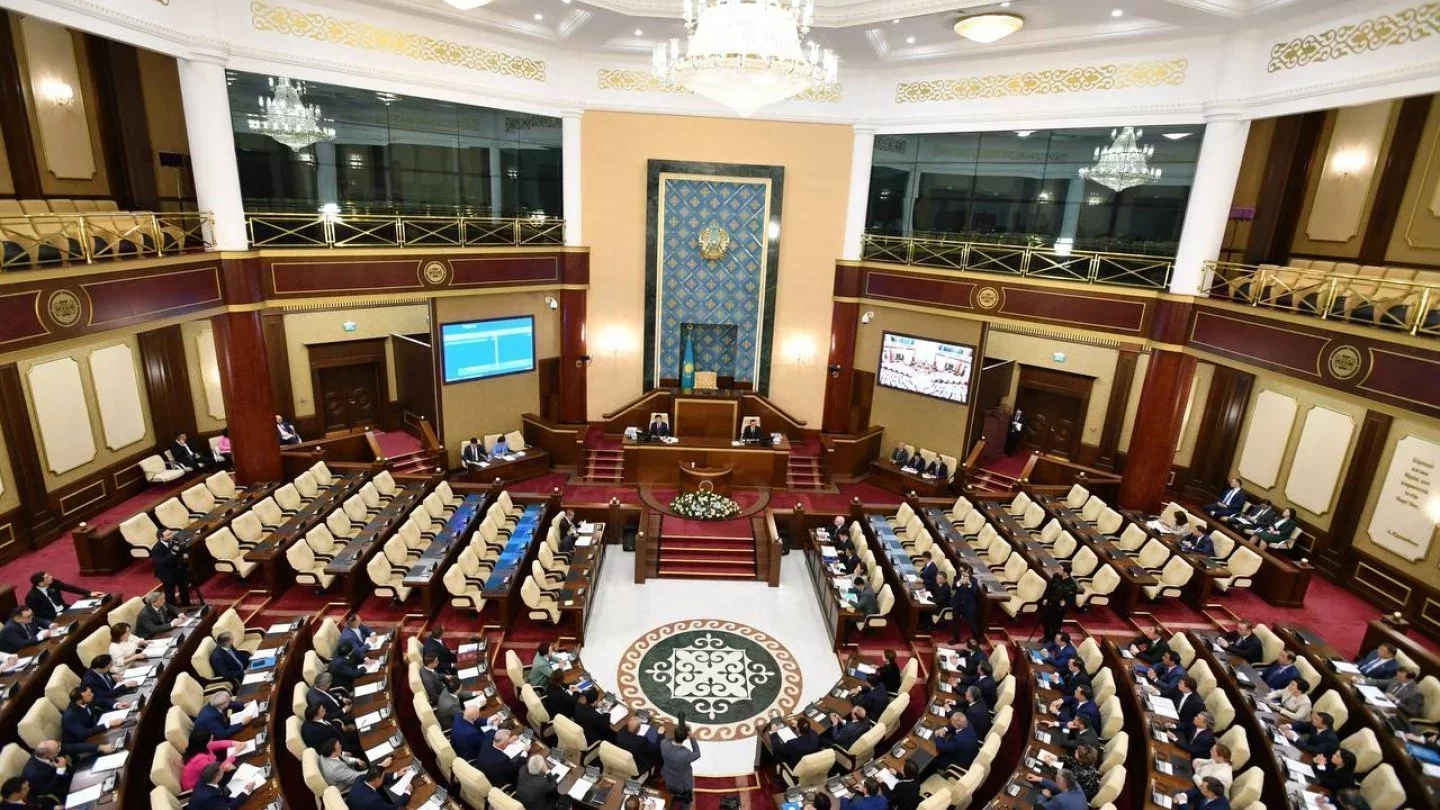Kazakhstan Ratifies CIS Regulations on Radioactive Material Transport
 Photo: Majilis press service
Photo: Majilis press service
The Majilis has approved an agreement governing the cross-border movement of radioactive materials within CIS countries, Orda.kz reports.
The document introduces unified rules for moving nuclear materials across the territories of CIS member states. According to Atomic Energy Agency Chair Almasadam Satkaliyev, one of the main goals is to enhance safety during transport.
The international transport of radioactive materials, which involves the territories of several countries, requires coordinated actions by authorized bodies of CIS member states, recognition of permits, and unified approaches to ensuring safety. Therefore, ratification of the agreement was necessary,
the head of the agency clarified.
Satkaliyev also addressed questions about accident scenarios or radioactive leaks:
To prevent such situations, the transportation of such cargo is typically carried out in special transport packaging kits that are fully protected from biological, chemical, seismic, shock, explosive, and thermal impacts. All nuclear cargo is escorted, and certain types of cargo even require National Guard escort.
Under the agreement, in the event of an emergency, the carrier must have all necessary materials, equipment, protective clothing, and specialized gear on hand to eliminate the consequences of radiation leaks and territorial contamination.
If a larger-scale emergency occurs, the transit country, through the relevant ministries — in our case, the Ministry of Emergency Situations — must take all necessary measures to address the incident. All costs will be reimbursed by the shipper,
added the head of the atomic energy agency.
The agreement also requires shippers transporting radioactive materials across borders to obtain permits from the competent authorities of the exporting state, the transit country, and the destination state, in line with national legislation.
Physical protection during transport will be carried out under the laws of the participating states and relevant international instruments.
However, protection standards may not be lower than those established by the Convention on the Physical Protection of Nuclear Material and Nuclear Facilities of October 26, 1979.
Original Author: Anastasia Prilepskaya
Latest news
- Kazakhstan Seeks Solutions to Ease Pressure on Uzbek Terminals Amid Export Surge
- Georgia’s Security Service Says No Evidence of “Kamit” After BBC Report
- Kadyrov Confirms Drone Damage to Grozny City
- Russia Temporarily Blocks Kazakhstan's Grain Transit, Threatening Flax Exports to Europe
- Assets of Businessman Dulat Kozhamzharov Seized Following Halyk Bank Claim
- Georgian Opposition Calls December 6 March Over Alleged Use of Chemicals at 2024 Protests
- Severe Smog Covers Oskemen
- Fire and Structural Damage Reported at Grozny City Tower Amid Drone Threat
- Pashinyan Says Foreign Influence Networks Exposed
- Kazakhstan-Based Lukoil Assets Could End Up in Hungarian Hands
- Strong Tenge Pushes Some Banks to Temporarily Stop Issuing Dollars
- Investigation Links Baimsky Project to Nazarbayev's "Wallet," Vladimir Kim
- Three Kazakhstani Nationals Arrested in Georgia Over Alleged 10,000-Ton Oil Theft
- Turkistan Region Contract for 100 Million Tenge Video Project Triggers Scrutiny
- Gennady Golovkin Becomes First Kazakhstani Honored by the International Boxing Hall of Fame
- Former Majilis Deputy Says She Was Stripped of Mandate After Criticizing Authorities
- Mangystau Authorities Investigate Death of Worker Who Fell Into Elevator Shaft
- Golovkin at World Boxing: How Kazakhstan and Saudi Arabia Are Building a New Power Structure in Boxing
- Taraz: Sentences Extended for Defendants in Group Sexual Assault Case
- Taliban Carry Out Public Qisas Execution After Teenager’s Family Killing

